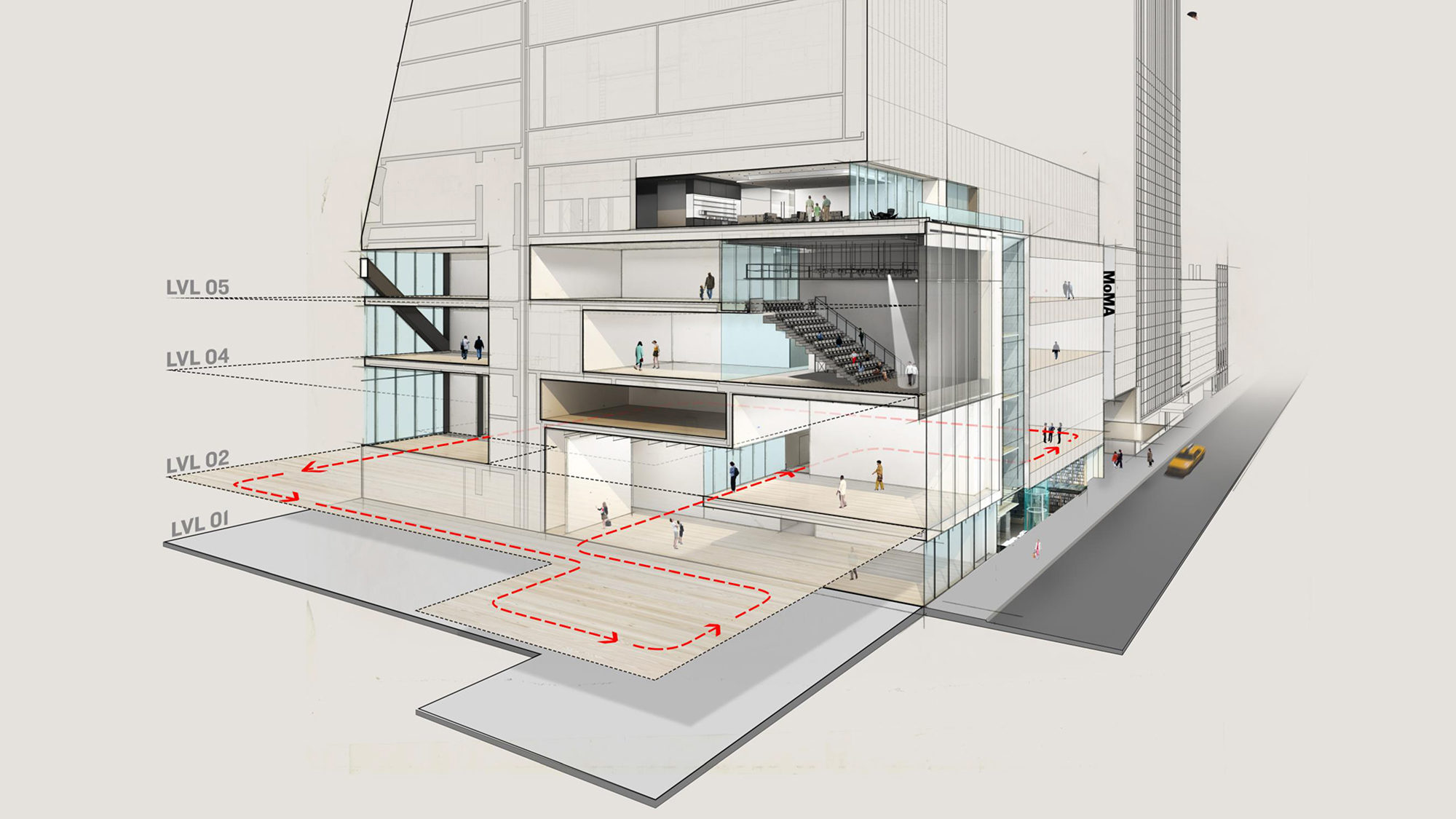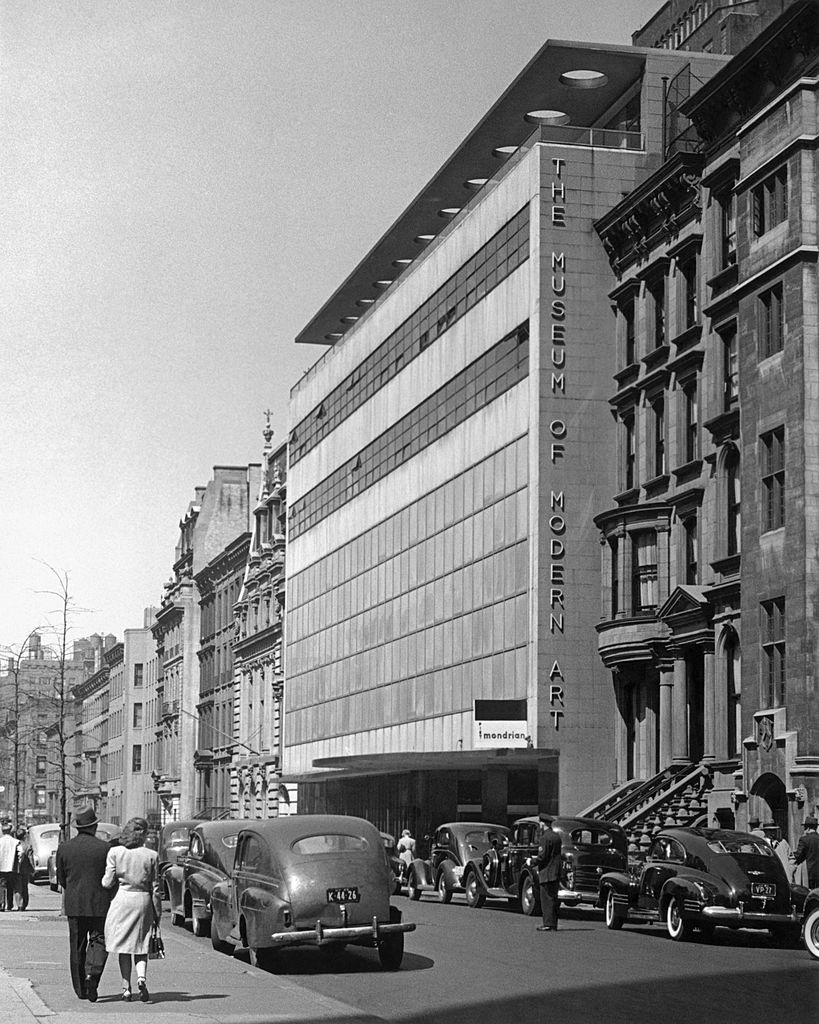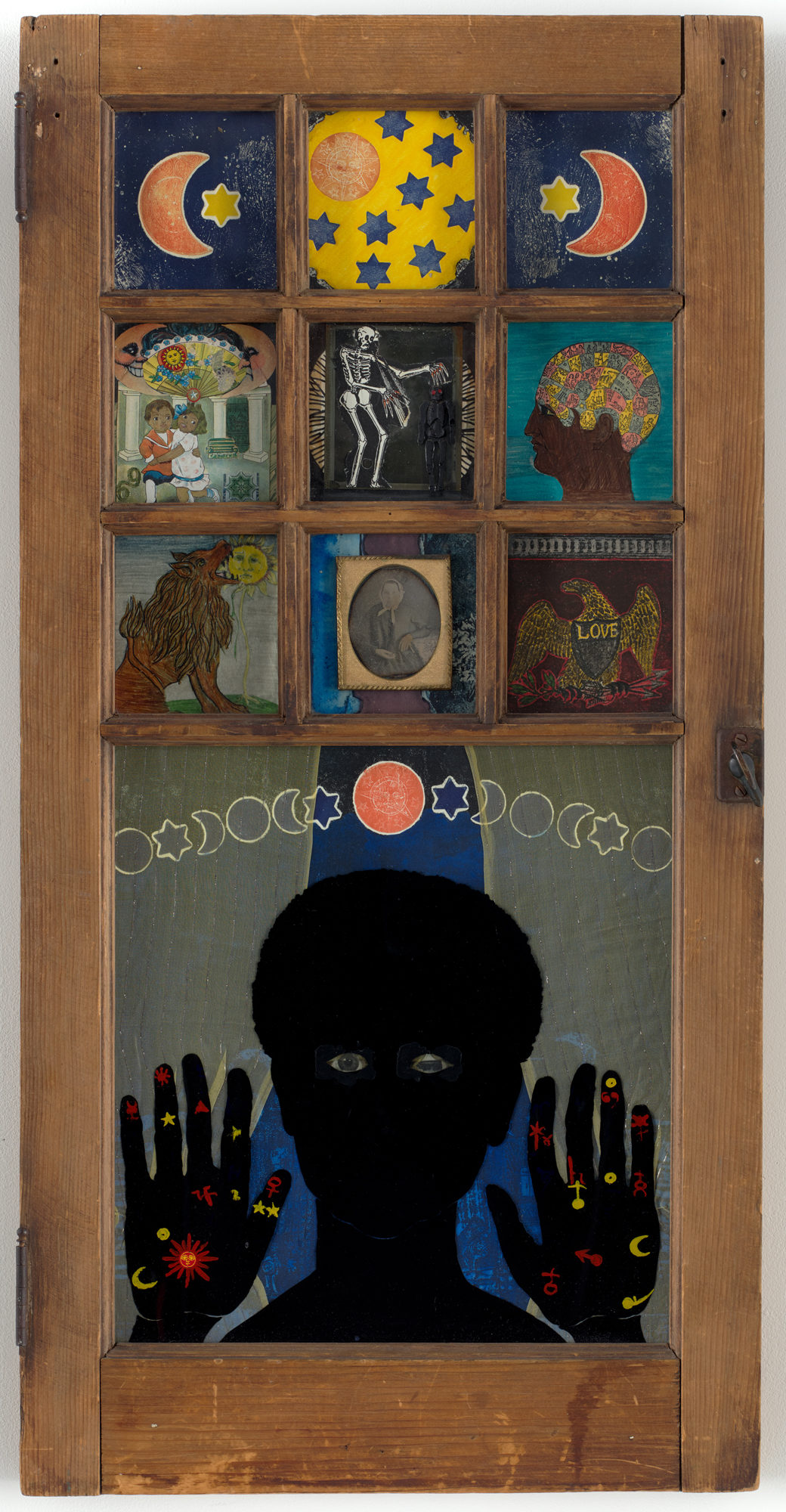
Among the most influential museums of modern art in the world, the Museum of Modern Art (MoMA) in New York City has been closed since mid-June as it undergoes renovations for a highly anticipated reopening. Set to open its doors later in October, the revamped institution will offer everything from a Creativity Lab to new, free gallery spaces.
Here’s what to know about the museum’s background, why it closed and what changes are underway for the MoMA’s reopening.
Background: A museum created by progressive, “daring” women

The MoMA was first conceived in the late 1920s as the brainchild of three prominent and progressive patrons of the arts, Lillie P. Bliss, Mary Quinn Sullivan and Abby Aldrich Rockefeller, who were called “daring ladies” among their various social circles. The museum was created with the purpose of challenging an overall spirit of conservatism that characterized the dominant museums and galleries of the time, and the art world more broadly.
The public reaction to the museum’s 1929 opening was strongly positive. Over the course of the next decade, the MoMA moved into three consecutively larger locations until, in 1939, it opened in its midtown building on West 53rd St., where it still stands.
The MoMA, which started with an initial gift of just eight prints and a single drawing, now has a collection of roughly 200,000 works of art, varying in medium to include paintings, sculptures, drawings, prints, photographs, media and performance pieces, architectural models and drawings, design objects and films. The collection ranges from Marcel Duchamp’s Bicycle Wheel to the 1999 NTT DOCOMO Emoji Set, the original set of emoticons that influenced the many iterations of the visual language we see today.
Why did MoMA temporarily close down?
The museum, which had been undergoing renovations since 2016, closed to the general public on June 16 in order to complete the work.
The new MoMA, developed by the museum alongside architects Diller Scofidio + Renfro, in collaboration with Gensler, will have more than 40,000 square feet of additional gallery space, which will enable the museum “to exhibit significantly more art in new and interdisciplinary ways,” according to a museum press release.
One of the main goals of the renovations, says Jan Postma, the museum’s chief financial officer, will be to “better connect the museum to the people and streets of New York City.” General admission tickets to the MoMA have been priced at $25 for adults and $14 for students. But the expansion will ensure that the museum has several new galleries on the street level that are free and open to the public, literally bringing art to the people on the streets of the city and strengthening the museum’s standing as a fixture of New York City. This initiative to strengthen its ties to the city started in 2000, when the museum partnered with P.S.1 Contemporary Art Center, now MoMA PS1, in Queens as part of an effort to expand its reach to boroughs outside of Manhattan. The museum’s new public spaces will feature six long-term, site-specific contemporary artworks by Yoko Ono, Experimental Jetset, Kerstin Brätsch, Goshka Macuga, Philippe Parreno and Haim Steinbach.
When is MoMA reopening?
The completed space will open to the public on Oct. 21, 2019.
What can visitors expect from the renovated museum?
According to the press release, the additional gallery space “will offer a deeper experience of art through all mediums and by artists from more diverse geographies and backgrounds than ever before.” This promise to display a collection that better reflects a diverse array of artists comes after years of criticism that the institution has not been sufficiently inclusive.
Despite a progressive founding mindset, the MoMA has, like the mainstream art world more broadly, struggled with issues surrounding gender and diversity. The MoMA had its first female artist’s solo exhibition in 1942, 13 years after the museum’s opening. The 1984 International Survey of Painting and Sculpture, which was hosted by the museum, showed the work of more than 150 artists, less than 10% of whom were women. This gender disparity is the subject of a 1985 poster, which is now in the Tate’s permanent collection in London, by the Guerrilla Girls, a group who called themselves the “conscience of the art world” and were devoted to exposing sexual and racial disparities in the art world. The poster shows the number of women who had solo exhibitions at four of New York’s most prominent art museums in the previous year. The MoMA, doing better than the Guggenheim Museum, the Metropolitan Museum Art and the Whitney Museum of American Art, had only one solo female exhibition in 1984.
The MoMA aims to use the reopening as an opportunity to further change this course. “We feel that many, many regions that once seemed peripheral don’t seem that way any more, they seem central,” MoMA chief curator Ann Temkin told Artnet News in regards to the new expansion. “Figures who once seemed secondary now seem primary.”
What new exhibits and spaces will be opening?
Along with more gallery spaces and open-access galleries, the new Marie-Josée and Henry Kravis Studio will reach back out to the museum’s progressive roots, as a new space that will “feature live programming and performances that react to, question, and challenge histories of modern art and the current cultural moment.” This space will be the first of its kind, the only dedicated space for performance, process (wherein the act of making the art is a central feature of the completed art itself) and time-based art in the heart of a major museum, integrated with the rest of the galleries. The first installation in the Kravis Studio will be Rainforest V (Variation 1), an immersive sound installation, and Forest Speech, a performance work, both by David Tudor and Composers Inside Electronics. The museum will also open a Creativity Lab, focused on education and exploration of ideas.
Furthering the theme of connecting the museum to the rest of New York, the expansion coincides with a new partnership with The Studio Museum in Harlem. The multi-year partnership will start by featuring an installation with works by Michael Armitage at the MoMA, curated by Studio Museum director and chief curator Thelma Golden.

Chock full of upcoming workshops, balls, and opening exhibitions, the museum’s calendar is brimming with excitement and potential. Among the expanded museum’s inaugural exhibitions is Handles, which features six active sculptures that play with light, sound and geometry, creating a “ritualized, complex environment,” by South Korean artist Haegue Yang. Betye Saar, another female artist of color, will also have an upcoming solo show. The Legends of Black Girl’s Window, an exhibition that features the work of Saar, an African-American contemporary artist and printmaker, touches on themes of mysticism, family, and history.
Correction, October 2:
The original version of this story misstated the year during which MoMA PS1 became a MoMA affiliate. That happened in 2000, not 1971.
More Must-Reads from TIME
- Cybersecurity Experts Are Sounding the Alarm on DOGE
- Meet the 2025 Women of the Year
- The Harsh Truth About Disability Inclusion
- Why Do More Young Adults Have Cancer?
- Colman Domingo Leads With Radical Love
- How to Get Better at Doing Things Alone
- Michelle Zauner Stares Down the Darkness
Write to Anna Purna Kambhampaty at Anna.kambhampaty@time.com